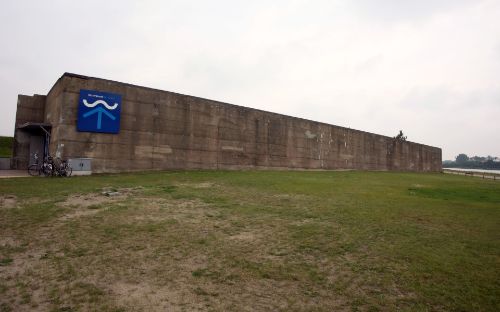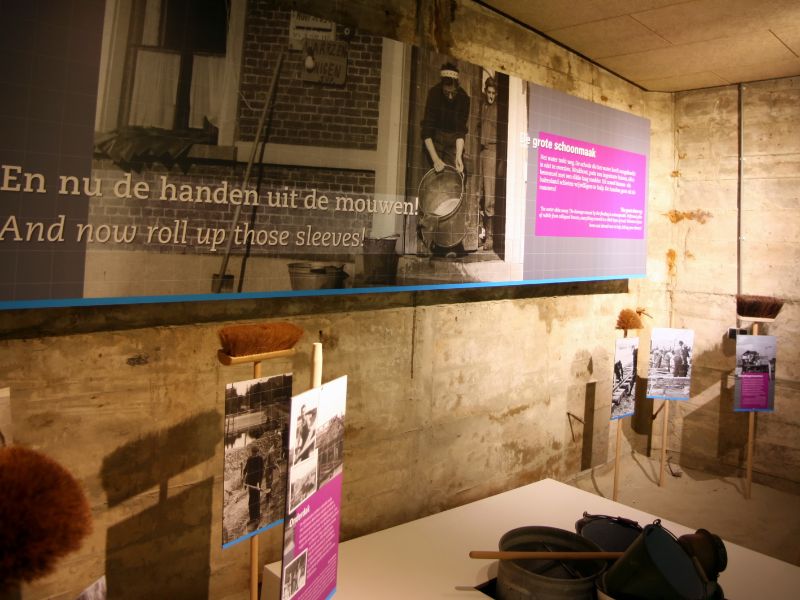The Watersnoodmuseum in Ouwerkerk, the Netherlands, offers visitors a sobering and educational experience about the devastating North Sea flood of 1953. Located in four repurposed caissons used to close the dike breaches, the museum provides a unique setting that enhances the overall impact of the exhibits.
Visitors often praise the museum for its informative displays and the effective use of multimedia presentations, which help to convey the magnitude of the disaster and its aftermath. The personal stories and artifacts from survivors add a touching human element to the historical narrative. Many guests appreciate the museum's focus on not only the past but also on current and future water management challenges in the Netherlands.
Some reviewers note that while most information is available in Dutch, English translations are provided for international visitors, though they may not be as comprehensive. The museum's location, while significant, can be a bit remote for some travelers.
A few visitors mention that the content can be emotionally heavy, particularly for those with personal connections to the flood. However, this is generally seen as a testament to the museum's ability to convey the gravity of the event.
The outdoor area, including the climbing of the dike, is often highlighted as a valuable addition to the indoor exhibits, offering panoramic views of the surrounding landscape.
While most find the entry fee reasonable, a small number of visitors feel the museum could benefit from more interactive elements or regular updates to keep returning visitors engaged.
Overall, the Watersnoodmuseum is widely regarded as a well-presented and important historical site that effectively balances education with commemoration, making it a worthwhile visit for those interested in Dutch history and water management.











